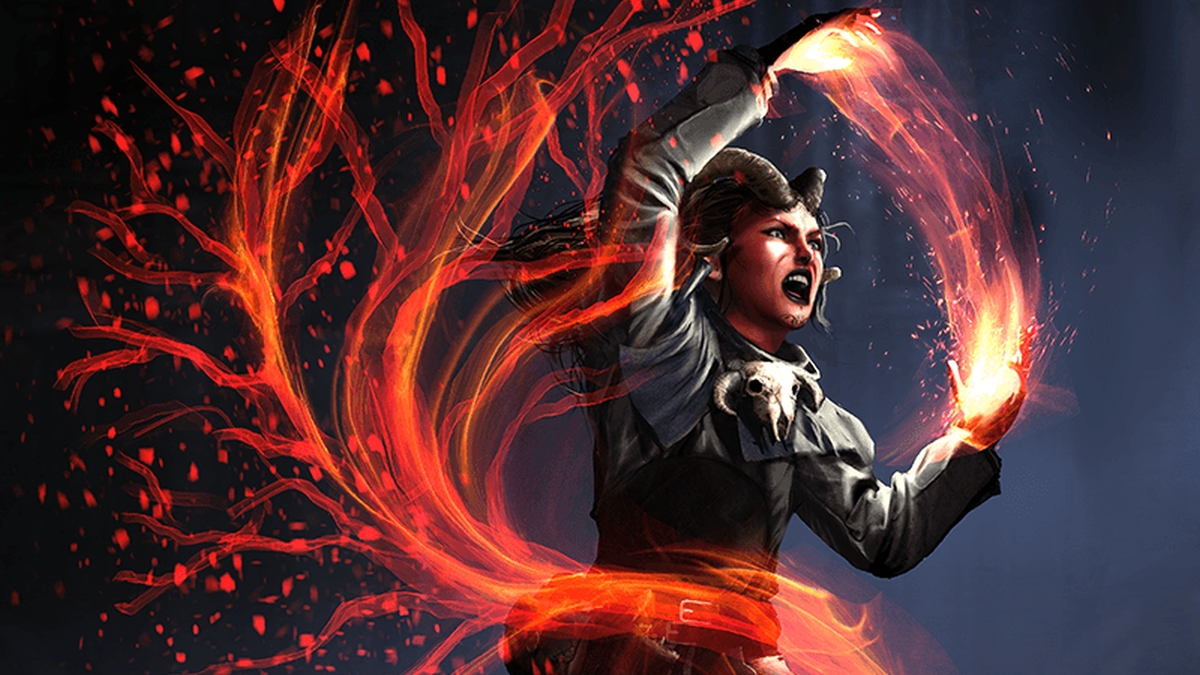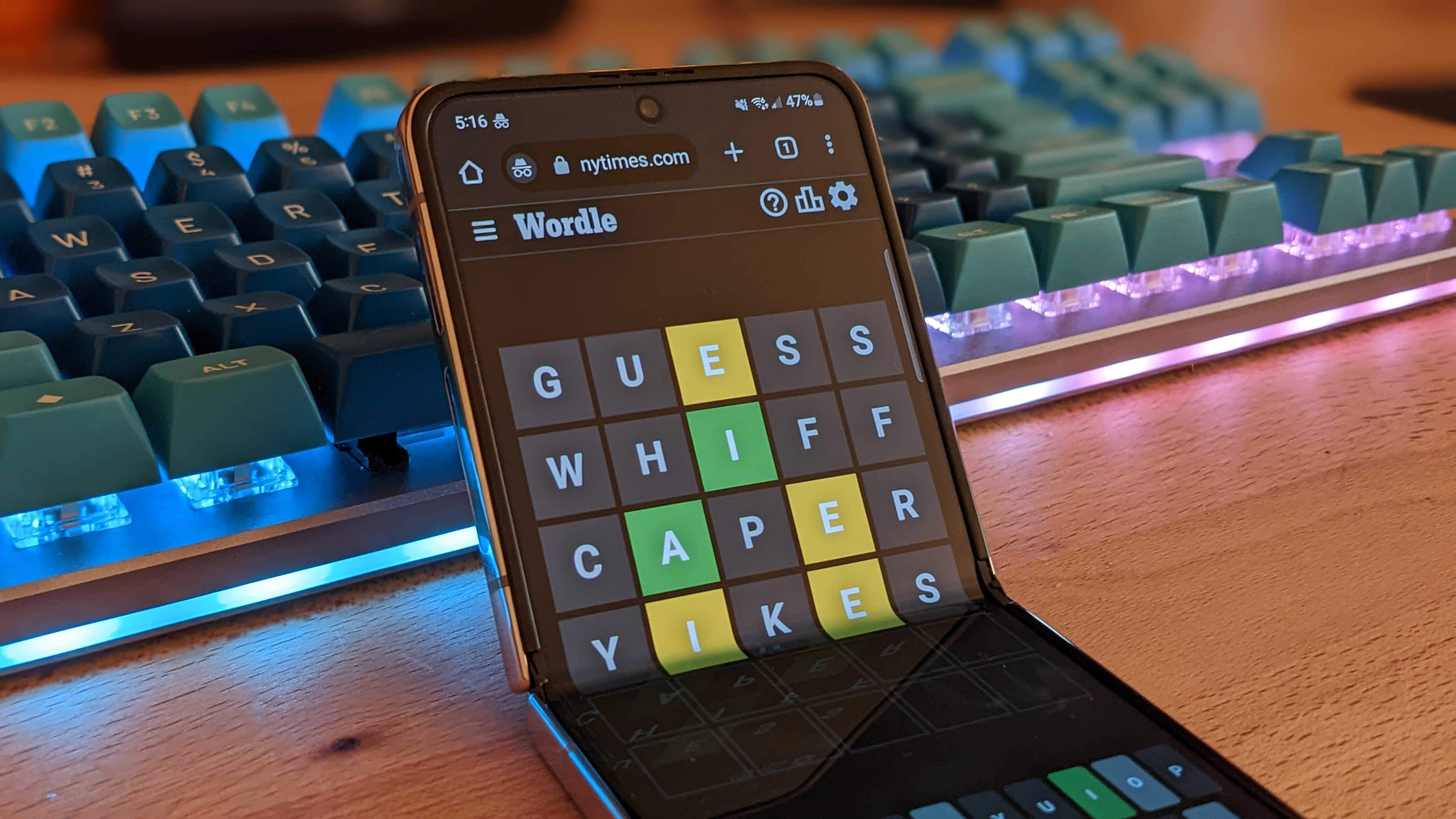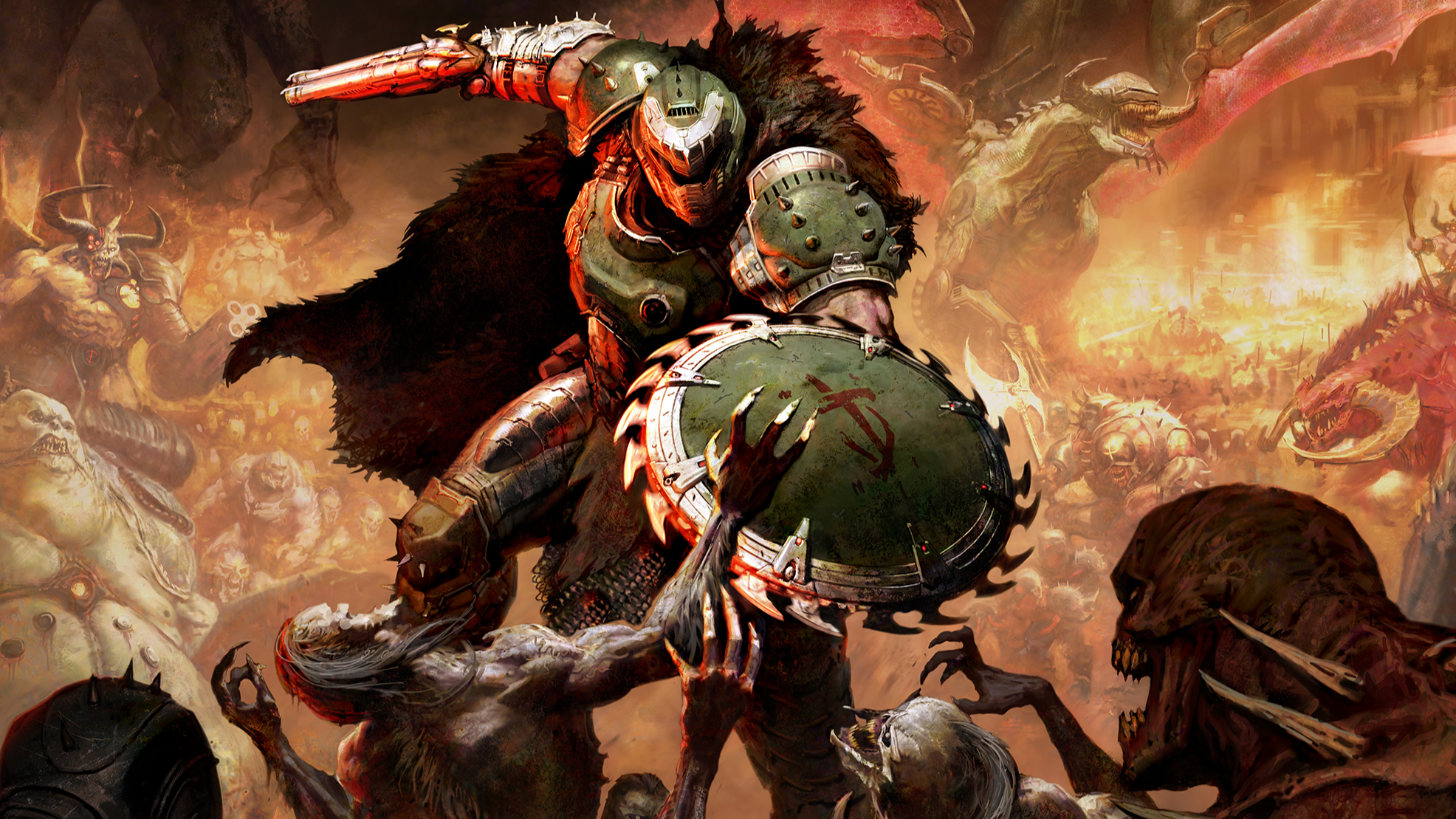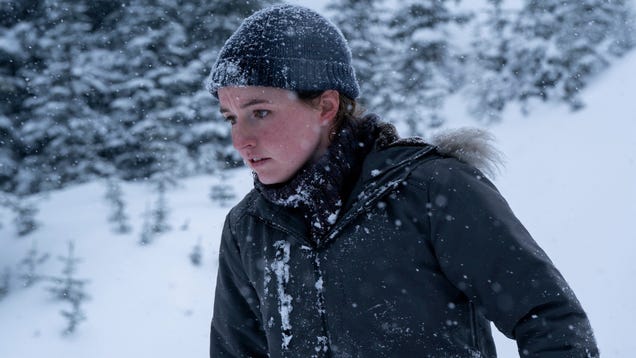
The add-on for Solasta: Crown of the Magister lets you play 5E up to the lofty heights of level 16.
Even if you do the sensible thing and start your Dungeons & Dragons campaign at level 3—the point where everyone gets a subclass and starts to feel like a bespoke individual rather than a persona you bought off the rack—having a campaign actually reach D&D’s higher levels is like becoming fluent in another language. Easy for kids, almost impossible for adults. We just don’t have that kind of time.
Which is why the Palace of Ice expansion for Solasta is appealing. Solasta is a French RPG made with a mildly homebrewed version of D&D’s 5th edition rules, and its original version took characters on a traditional zero-to-hero journey from level 1 to level 10ish. Maybe 12, if you really took your time and did everything. The Palace of Ice DLC lets you either import a party who finished the base game’s Crown of the Magister campaign, or make new characters at level 10. Either way, they’ll start with a full suite of cool abilities and a collection of magic items, and reach level 16 by the end. That may not sound like much in videogame turns, but since 5E tops out at 20 it’s actually way up there.
I praised Solasta’s previous DLC for finally letting me make the weird D&D party of my dreams because it rounded out the original game’s roster with player-character options like dragonborn and half-orcs, as well as warlocks, monks, bards, barbarians, and druids. Palace of Ice adds gnomes and tieflings, meaning if you own all the add-ons you now have access to every species and class in the 5E Player’s Handbook.
Palace of Ice welcomes you to high-level D&D by making you fight demons—including one of the buzzard-headed skeksis rejects called a vrock—on day one. Pretty soon, enemies start using legendary actions to get extra turns and no-selling anything that makes them take a saving throw with legendary resistances as a matter of course. Then Palace of Ice takes you on a trip to Dragon Town, population your face, which is on fire because you fight dragons all the time now. Five of them will show up as a random encounter while you’re trying to cross the overland map and you just have to cope.
Which is actually pretty easy. By the time dragons, ogre zombies, and the remorhaz show up—a remorhaz is a kind of giant arctic centipede that radiates enough heat to cause fire damage when you hit it, which why you never see one wearing a cardigan—you’ll have access to top-tier spells. Things like earthquake and finger of death as well as a new one called gravity slam that does 12d6 bludgeoning damage (save for half).
Have you ever chosen a character class for a tabletop campaign by looking at cool shit like how sorcerers from a draconic bloodline can grow wings whenever they feel like it once they hit level 14, but then had the game stall out before you reach, like, level 7? If you have, this kind of stuff is a dream come true.
(Image credit: Tactical Adventures)
Unfortunately, having characters who fly all the time—which is not unlikely given ready access to magic items that grant it and being able to toss around level 3 spells like fly as if you’re rich people pouring champagne on the dirt just to feel something—does expose some problems.
Solasta’s turn-based battles make the most of their 3D environments, with giant spiders climbing walls and chasms that have to be jumped across. Which is neat, except that it simulates bottomless pits by removing areas from the grid completely, meaning that you can’t fly over those chasms no matter how high up you go. Meanwhile the entangle spell, though its area of effect is described as a square just like it is in the tabletop game, actually covers a sphere and will restrain characters who try to fly over it.
(Image credit: Tactical Adventures)
The huge number of area-of-effect spells that high-level characters fling around, like Johnny Appleseed but with cloudkill, also highlights how finicky it can be to place things on specific spots in Solasta’s 3D spaces. I haven’t spent this much time trying to get AoE spheres to snap into the position I want since I went all-in on grenades in XCOM.
The other gripes I have in my notes, unrelated to characters being high level, are mostly about Palace of Ice’s quests being confusing or easy to sequence-break. Sometimes it’s minor stuff like the quest log getting NPC names wrong (someone called Etheyn Cook becomes “Tea” for a while), a sidequest refusing to complete, or the time I talked to a merchant who asked me to rescue someone I’d not only already rescued, but actually had with me when that conversation triggered.
Sometimes it’s more annoying, like when a companion suggested allying with a storm giant who was hostile from the get-go and I had no option but to kill. Subsequent dialogue made it sound like not only was that storm giant still alive, but I’d successfully brokered an alliance with his people. A quest later on said I had the option to return a magic item to him, even though he remained as dead as THAC0.
(Image credit: Tactical Adventures)
The story isn’t the reason to play Solasta, so things like that aren’t the fatal flaws they might be in another RPG. Its localization has always been odd in ways that make it difficult to take seriously, like how party members will congratulate each other on a kill by shouting “That’s battle!” as if we spent the previous rounds of combat playing badminton or something.
The whole reason to bother with Solasta is because you want more D&D than your every-second-Tuesday group is up for, you’ve already rinsed Baldur’s Gate 3, and you’ve got a high tolerance for goofiness as long as it’s part of a game that lets you upcast magic missile at a vrock or remember that remorhaz exist. Which is exactly what Palace of Ice does.
Palace of Ice is available on Steam and GOG.






